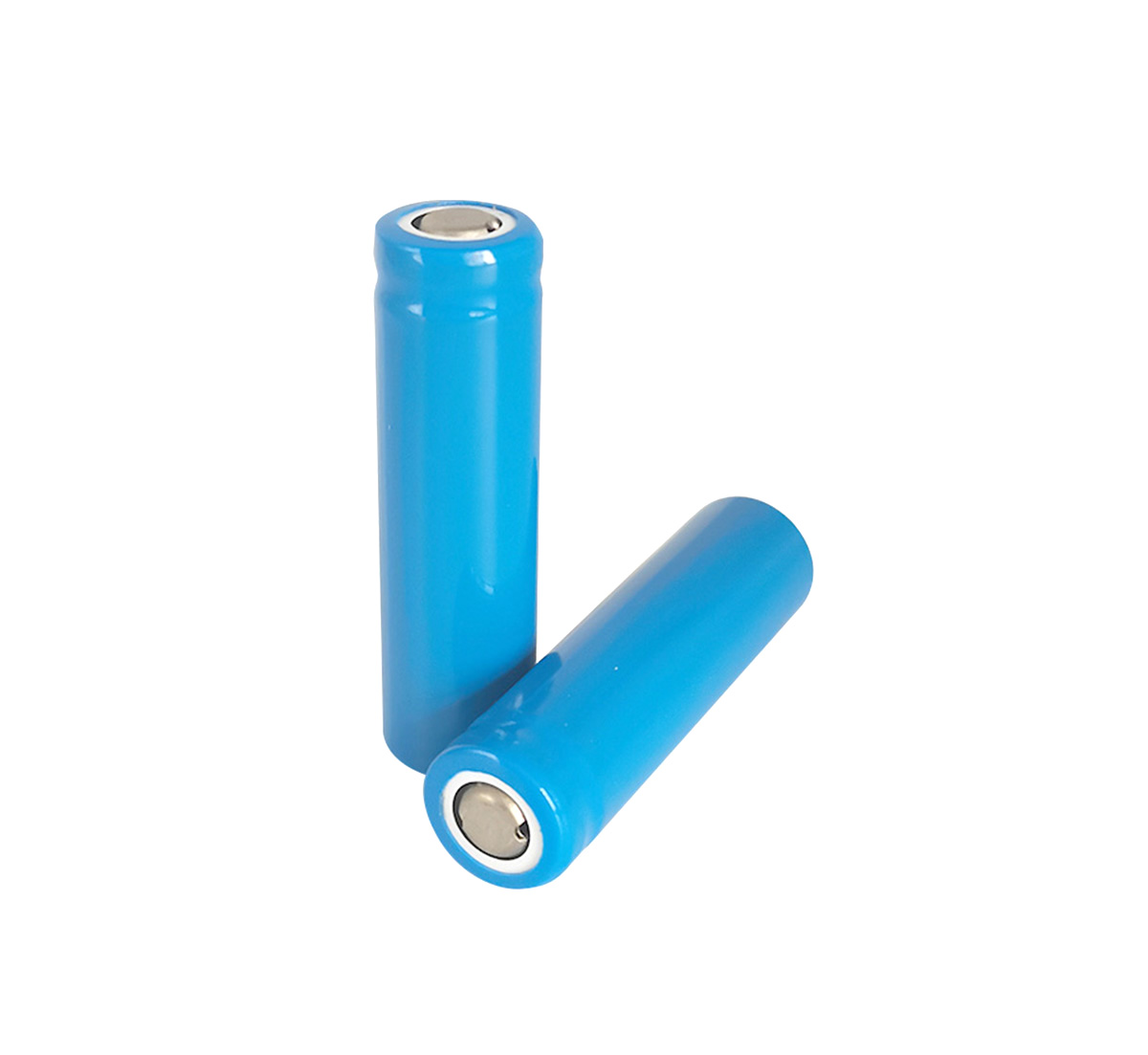Time:2024-03-26 Preview:1 source:News

1. Physical and chemical properties of raw materials.
(1) Graphite: a non-polar substance, easily contaminated by non-polar substances, and easily dispersed in non-polar substances; it is not easy to absorb water and is not easy to disperse in water. Contaminated graphite easily re-agglomerates after being dispersed in water. The general particle size D50 is about 20 μm. The shapes of particles are diverse and irregular, mainly spherical, flaky, fibrous, etc.
(2) Water-based binder (Sbr): small molecular wire-chain emulsion, easily soluble in water and extreme solvents.
(3) Anti-sedimentation agent (CMC): a polymer compound, easily soluble in water and extreme solvents.
(4) Isopropyl alcohol: a weakly polar substance. After adding it, it can reduce the polarity of the adhesive solution and improve the compatibility between graphite and the adhesive solution; it has a strong defoaming effect; it can easily catalyze the network interaction of the adhesive. chain to improve bonding strength.
Ethanol: a weakly polar substance. After adding it, it can reduce the polarity of the adhesive solution and improve the compatibility between graphite and the adhesive solution; it has a strong defoaming effect; it can easily catalyze the cross-linking of adhesive lines and improve the bonding strength. (The effects of isopropyl alcohol and ethanol are essentially the same. When producing large quantities, cost factors can be considered and which one to add).
(5) Deionized water (or distilled water): diluent, add as appropriate to change the flow of the slurry.
2. Pretreatment of raw materials:
(1) Graphite:
A. Mix to homogenize the raw materials and improve consistency.
B. Bake at 300~400℃ at normal pressure to remove surface oil substances, improve the compatibility with water adhesives, and round the edges and corners of the graphite surface (some materials are not allowed to be baked in order to maintain the surface characteristics, otherwise the performance will be reduced).
(2) Water adhesive: dilute appropriately to improve dispersion ability.
[page]3. Blending, soaking and dispersing:
(1) Graphite is extremely different from the binder solution and is not easy to disperse.
(2) The graphite can be preliminarily wetted with an alcohol-aqueous solution, and then mixed with the binder solution.
(3) The stirring concentration should be appropriately reduced to improve dispersion.
(4) The dispersion process is to reduce the distance between polar substances and non-polar substances and increase potential energy or surface energy, so it is an endothermic reaction, and the overall temperature decreases during stirring. If conditions permit, the stirring temperature should be appropriately raised to make it easier to absorb heat, improve flow rate, and reduce the difficulty of dispersion.
(5) If a vacuum degassing process is added to the stirring process to eliminate gas and promote solid-liquid adsorption, the effect will be better.
(6) The dispersion principle and dispersion method are the same as those in the cathode ingredients.
It is discussed in detail in 3, (1) and 4, and will not be explained in detail here.
4. Dilution. Adjust the slurry to the appropriate concentration for easy coating.
4. Things to note when preparing lithium battery ingredients:
1. Prevent other impurities from being mixed in;
2. Prevent slurry from splashing;
3. The concentration (solid content) of the slurry should be gradually adjusted from high to low to avoid additional trouble;
4. During the intermittent mixing process, pay attention to scraping the edges and bottom to ensure even dispersion;
5. The slurry should not be left aside for a long time to avoid settling or even reduction;
6. The materials that need to be baked must be sealed and cooled before they can be added to avoid changes in the quality of the components;
7. The length of the stirring time is mainly based on the equipment capacity and the amount of material added; the use of the stirring paddle should be replaced based on the difficulty of slurry dispersion. If it cannot be replaced, the rotation speed can be adjusted from slow to fast to avoid damaging the equipment;
8. Screen the slurry before discharging to remove large particles to prevent strip breakage during coating;
9. Strengthen training for ingredients personnel to ensure that they master professional knowledge to avoid catastrophe; 10. The key to ingredients is to disperse them evenly and master the center. Other methods can be adjusted by yourself.
5. Summary:
As the battery manufacturing process becomes increasingly transparent, lithium-ion battery manufacturers increasingly list ingredients as core secrets, because the selection, processing and reasonable matching of materials involve the efforts of too many technicians. Some manufacturers use the same materials. It goes very smoothly, but some manufacturers are full of troubles; some manufacturers can use mid-range materials to make high-end batteries, but some manufacturers use the best materials to make batteries that are terrible. If there are any deficiencies in the above information, we will Will be corrected promptly.
Related suggestion:
What impact does fast charging have on electric vehicle batteries?
Cambridge University develops new lithium battery materials to make fast charging safer